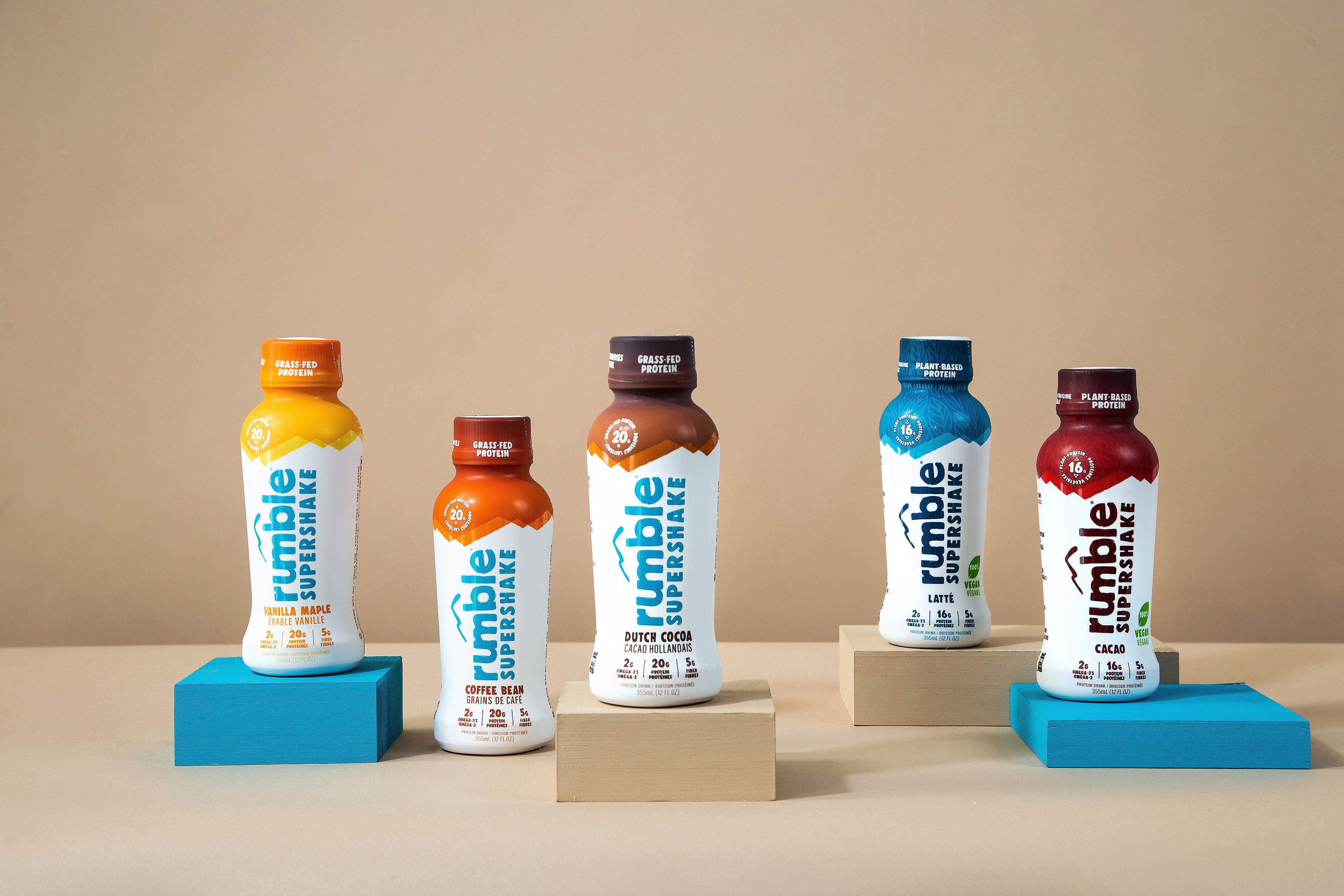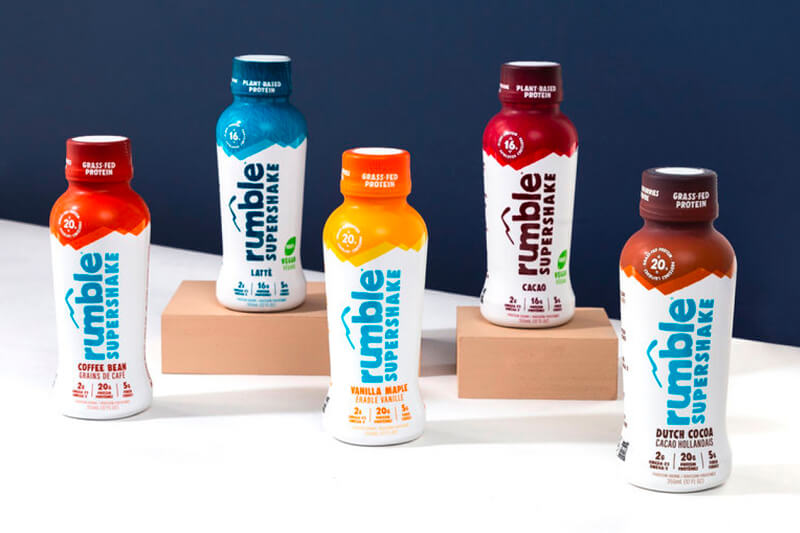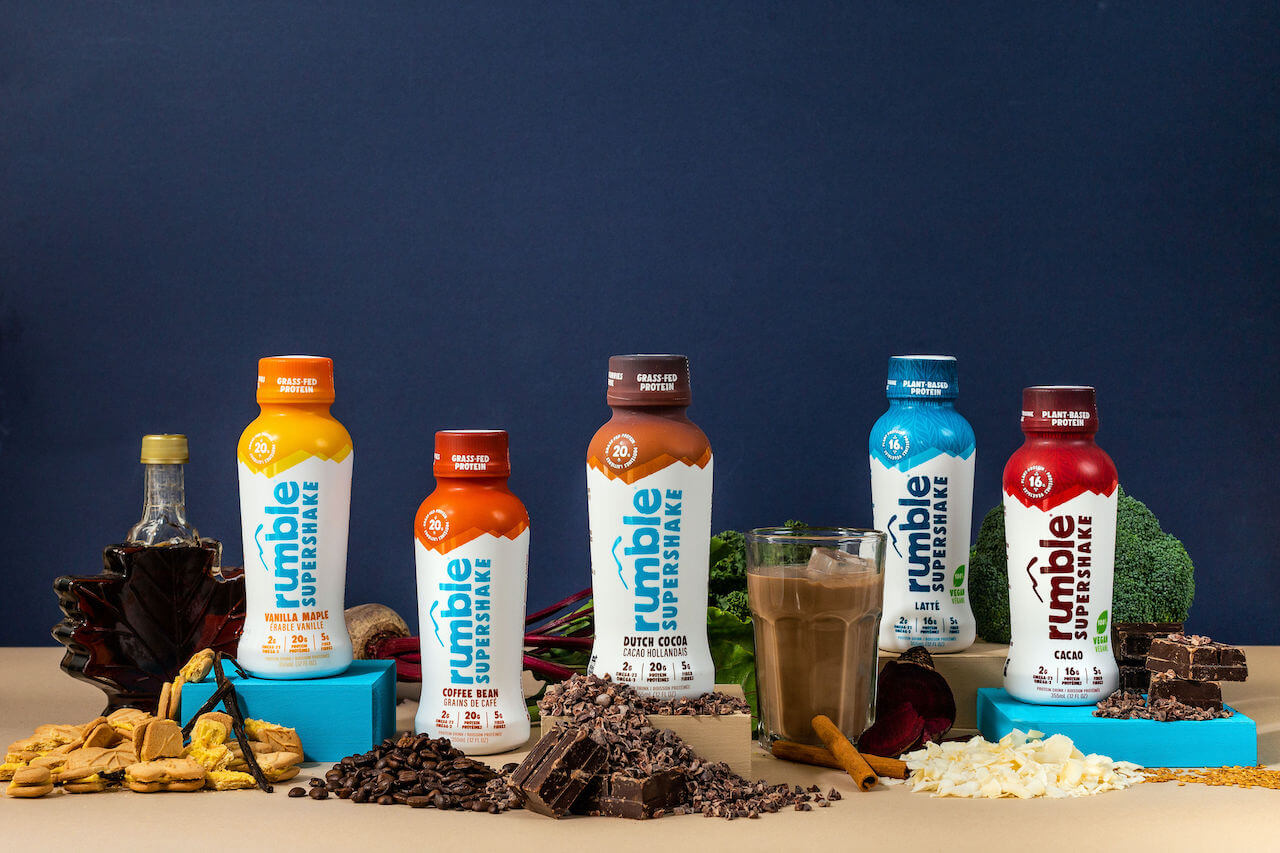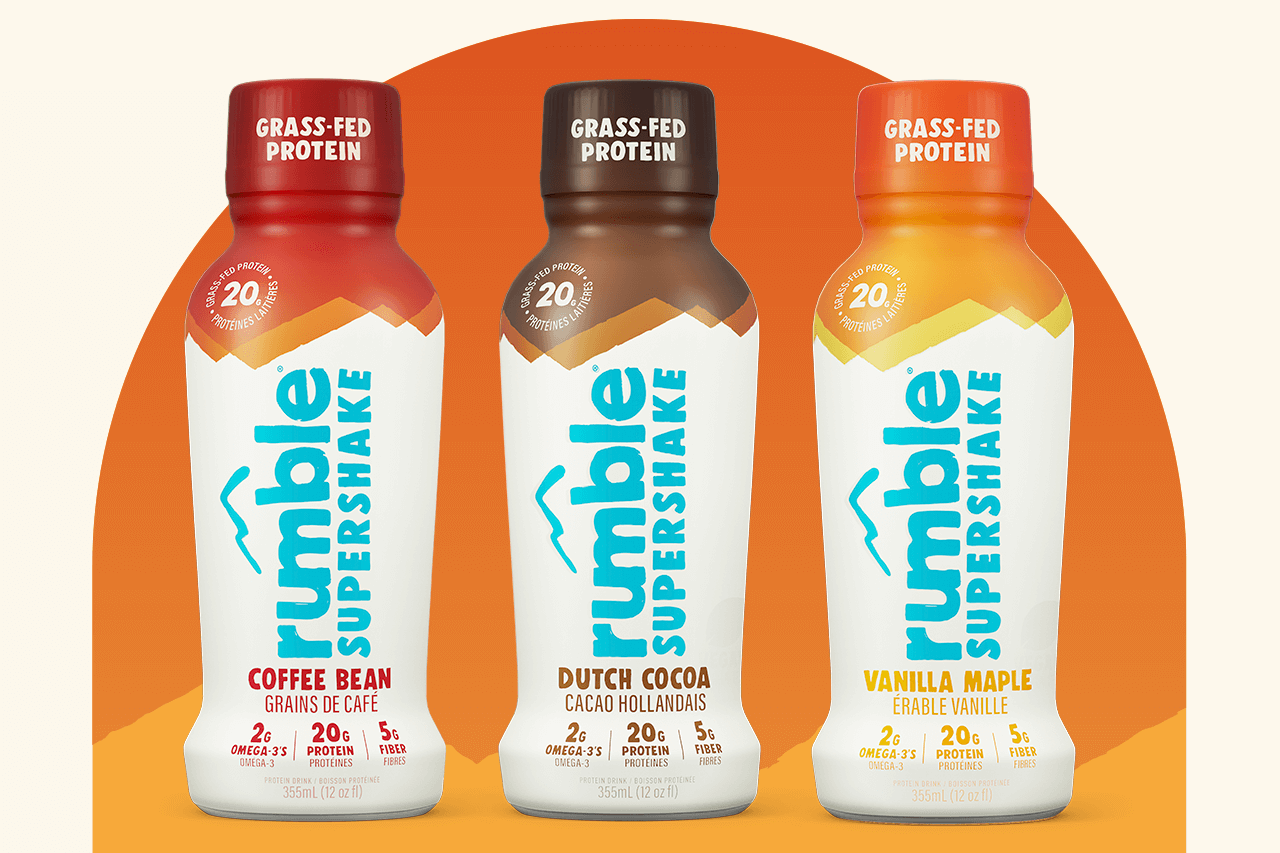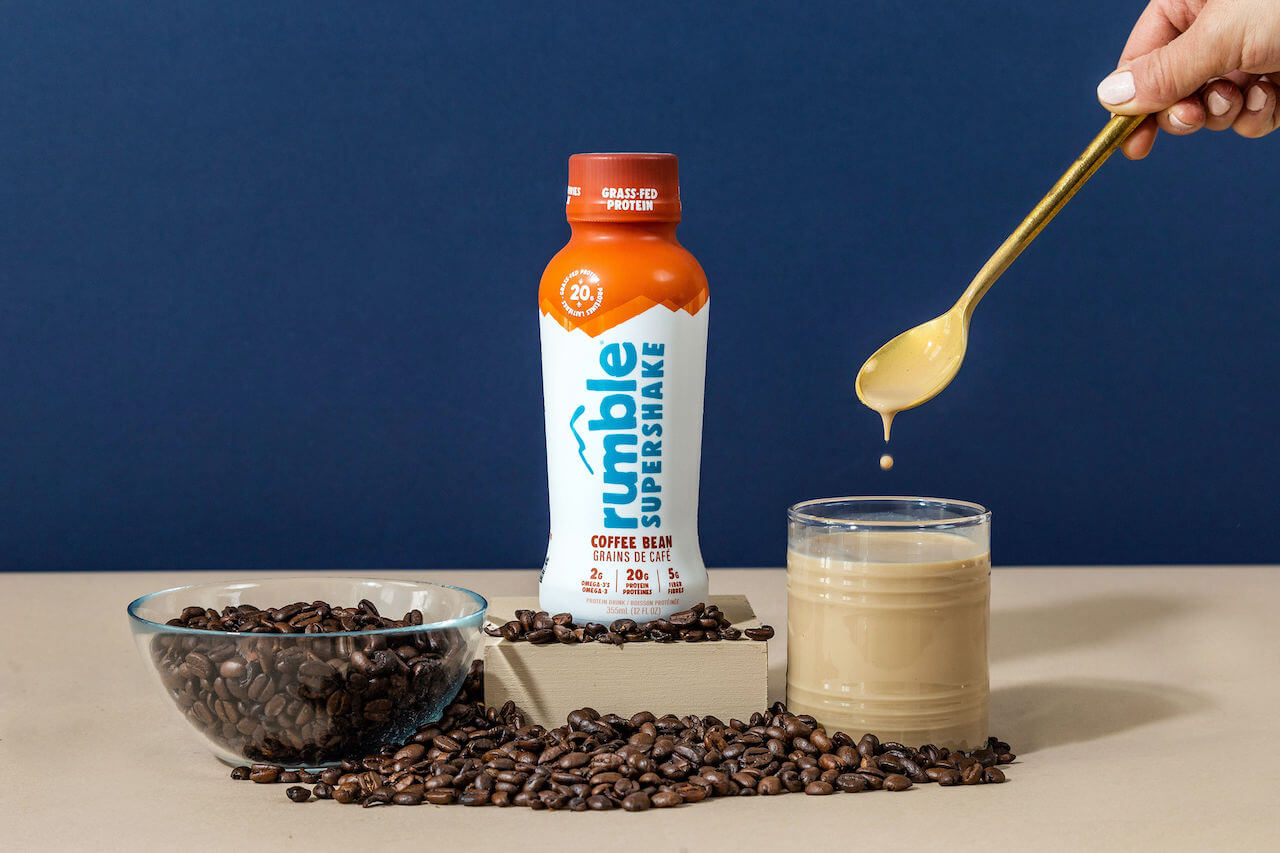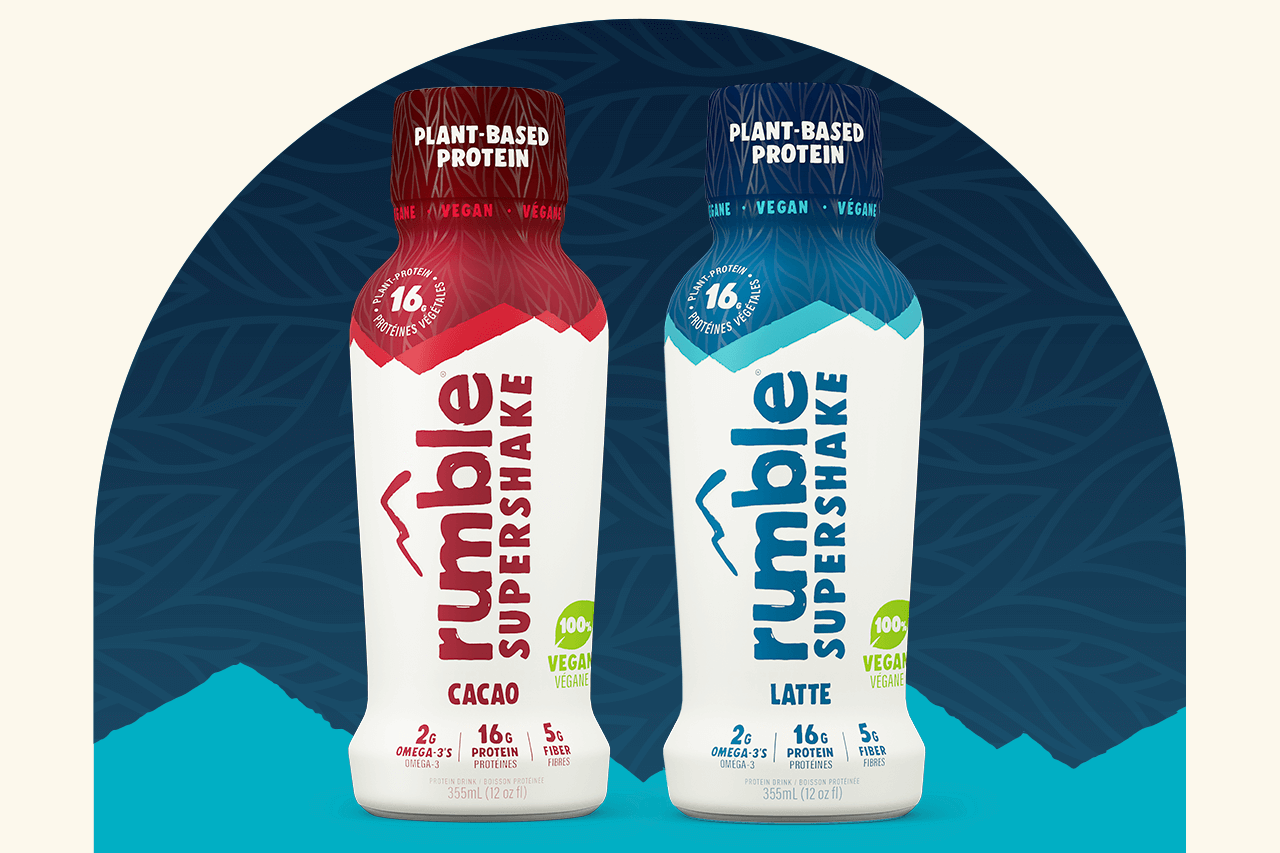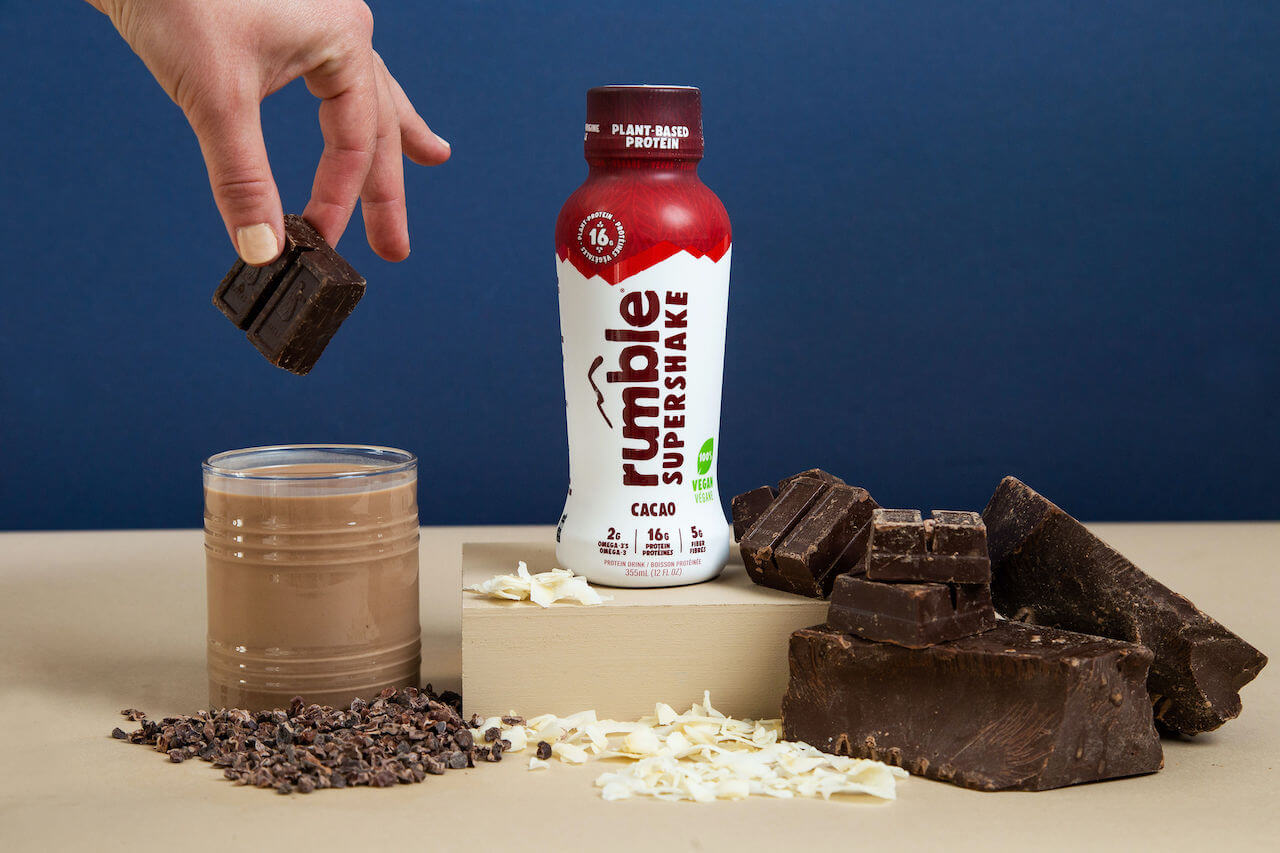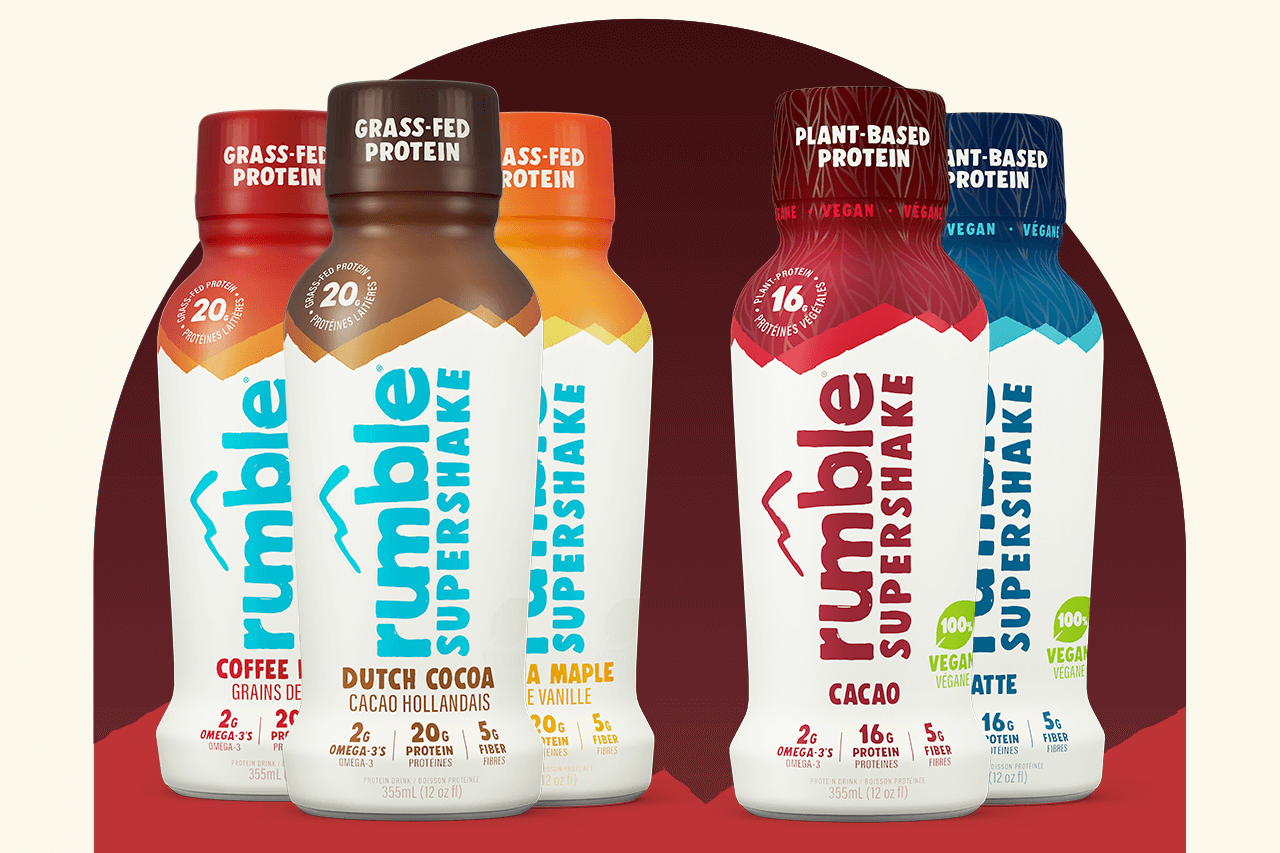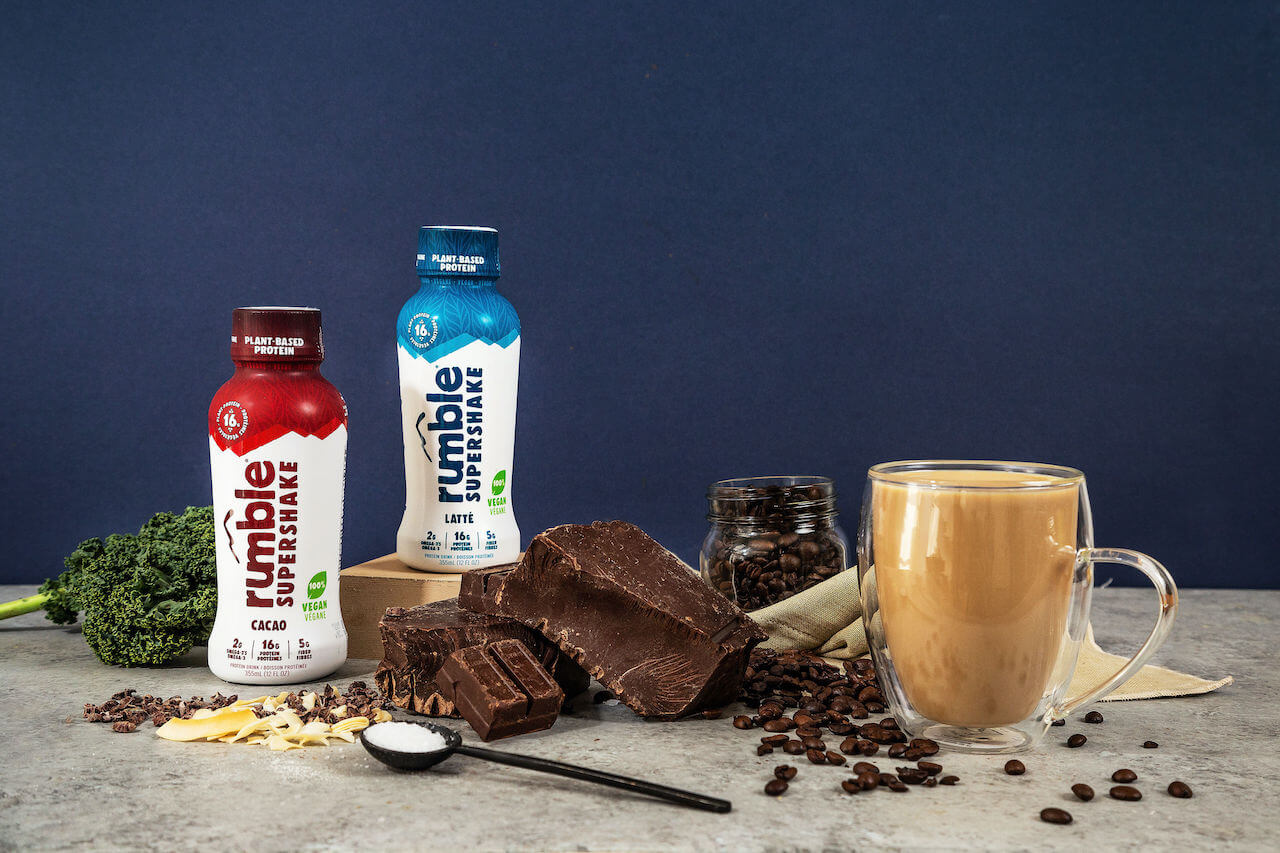How to Start Road Cycling: Tips from Rumble Athlete Alex Hui

With group fitness activities cancelled and team sports postponed, many of us are looking for new and fun ways to stay active while keeping our distance.
Road cycling ticks all the boxes: it’s accessible, easy to learn, and gets you out exploring your neighbourhood. You can go at your own pace, whether you want a crazy good workout or a chill afternoon ride.
But with the spandex, padded shorts, and clip-on shoes, road cycling can also look intimidating to the uninitiated! So we asked Rumble athlete and track cyclist extraordinaire Alex Hui to give us a roadmap for how casual cyclists like us can level up for the road.

Q: How did you get your start in cycling?
A: I’ve always loved cycling as a kid, but growing up in Hong Kong’s urban jungle, I never had a real taste of the freedom on two wheels until I moved to Canada at age 13. Cycling was a good way for me to learn the roads and explore the foreign city which I now call home.
When I signed up for a cycling class at my new school, I made a lot of friends, and formed a little cycling crew for weekend rides. With the encouragement of our teacher, I started signing up for local races.
We have a velodrome here in Victoria, one of only seven across Canada. It is pretty much my other home during summer as I split my time between coaching and training. At the velodrome I track cycle - track bikes are extremely simple with only one gear and there are no mechanical brakes, so your legs are used for both acceleration and deceleration. Track cycling is actually a great way to learn some key basics to become a better cyclist no matter your discipline or level.
Q: Have you been able to continue cycling throughout the pandemic?
A: I took this year as an opportunity for me to focus more on self-care, listening to my body and mind. I didn’t spend quite as much time on my bike as I normally would with a full competition season. My training was definitely less structured compared to other years. With the increased amount of anxiety and stress around us during the pandemic, I felt it was important to stay healthy both physically and mentally - making sure everything I do on my bike is challenging but still fun.

Q: What are the most important pieces of gear for a beginner cyclist?
A: Comfort and breathability are key. You’ll need a comfy pair of bib shorts or warm bib tights for winter, a light packable jacket that is water resistant or waterproof, and perhaps some merino wool socks and thermal base layers.
Layers are super important, even for your hands! You can put a water-resistant “rain shell” on top of your gloves for keeping your hands dry on rainy days or have a winter “lobster shell” on for keeping your hands toasty warm on days with near freezing temperature. It’s not a bad idea to get a little handlebar bag for stowing extra clothing, tools, and snacks - they’re easy to use and have become a fashionable item for long rides.

Q: What are the steps to get started road cycling?
1. Find a bike. Cycling is popular enough now that it’s possible to find a decent bike and cycling gear on the used market online or at second hand bike stores. And if you’re uncertain what type of bike suits you, many bike stores have demo bikes and rental bikes available. However you find your bike, it’s a good idea to have your bike fitted to you by a professional.
2. Find a club or a group of friends. Accountability goes a long way in building a new healthy habit! Riding with others is a great way to learn new roads that you may not have discovered on your own, and maybe you’ll pick up a few new tips from other more experienced riders as well.
3. Build up your stamina gradually. Let your body adapt to the riding position (and to your bike saddle as well). You don’t want to overdo it early on. Don’t worry about riding fast or the need to “work hard” every time you’re out on your bike. Just focus on getting comfortable on the bike and building up that cardio first, working on practicing some skills, and the rest will come.
4. Pack snacks. Fueling is important for long rides. Foods that are considered slow-burning carbs like oatmeal are good before a ride, but bring snacks with you and remember to hydrate (small sips often, not large gulps). After a long ride, refuel the body with nutrient-dense energy (like Rumble!) to help with recovery.
5. Try a fitness tracking app. Apps have become popular across all sports, and cycling is no different. They can be fun to use, since they provide an easy way to keep track of your own progress and compare with your pals. Just don’t dwell too much on the numbers - learn to listen to your body and enjoy the cycling part of cycling!
Follow Alex on Instagram.


